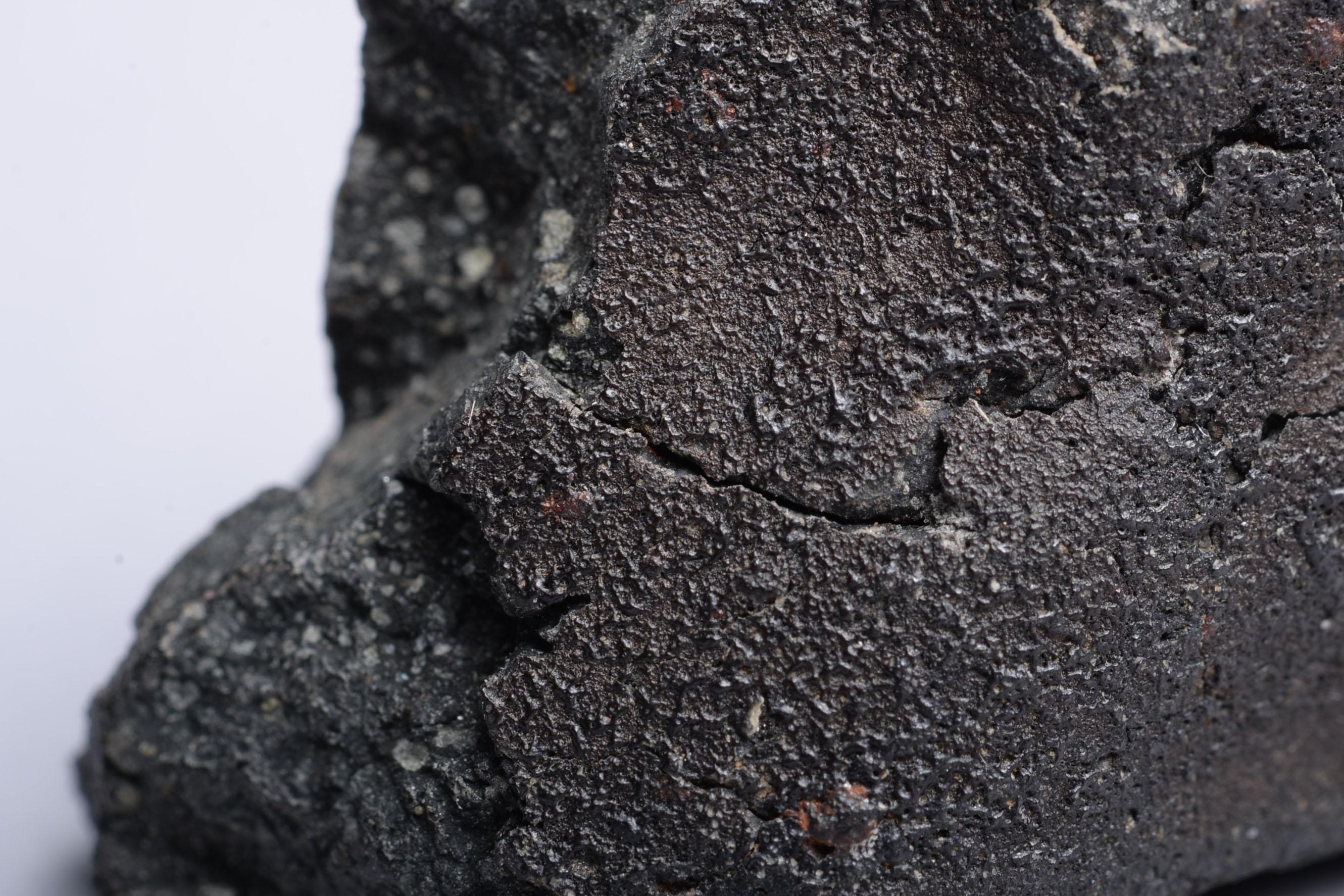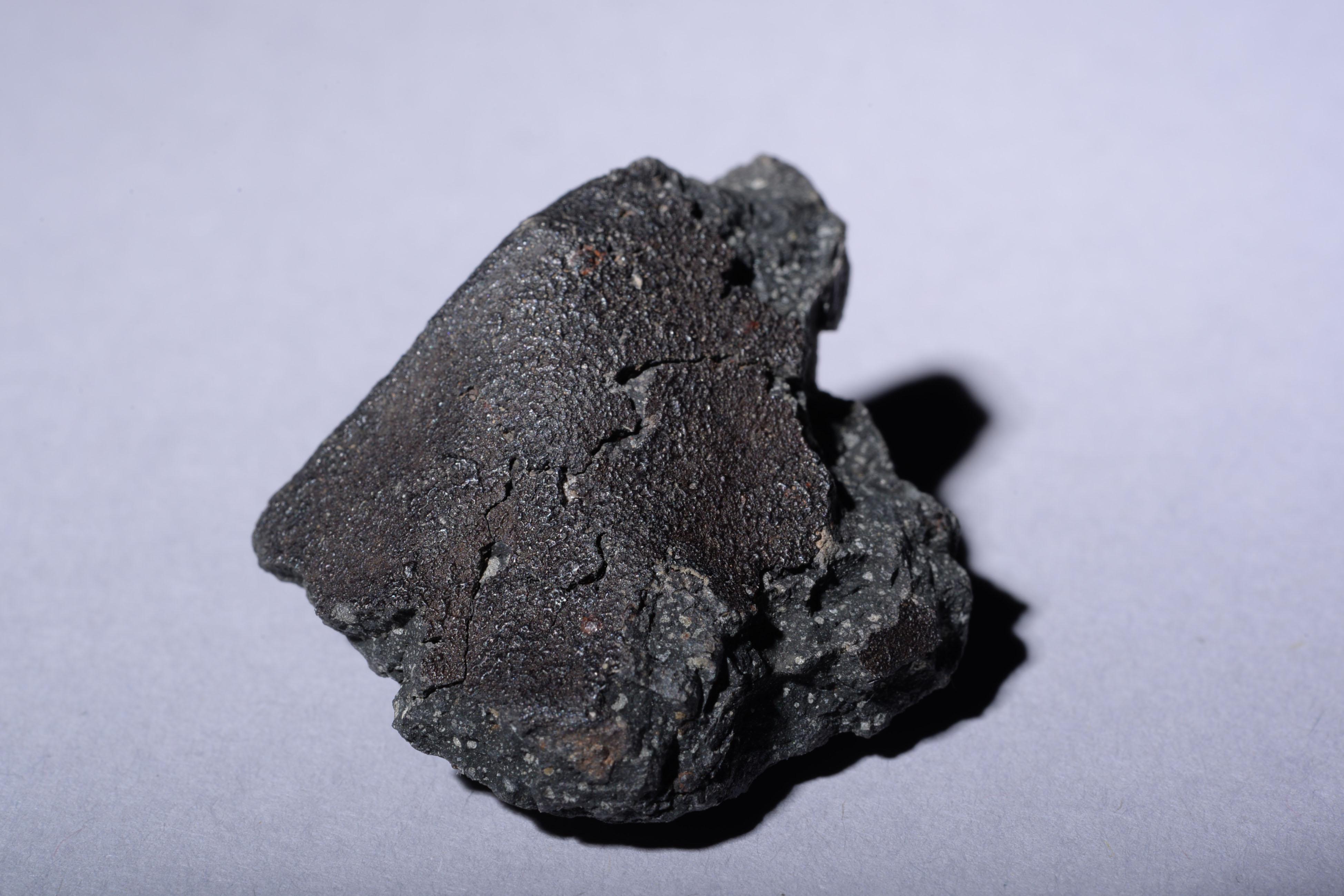
Their calculations indicated a perihelion of 0.992 AU for an aphelion of 3 AU, which is consistent with the peak concentration of carbonaceous, i.e.: C-type, asteroids. Observations of the Murchison fireball from the nearby towns of Mildura and Sheparton, Australia allowed Halliday and McIntosh to compute an orbit for the parent body. Asteroids are considered the most probable parent bodies for the Ivuna-type (CI) and Mighei-type (CM) meteorites, but extinct cometary cores or protocometary bodies are also possibilities. The IR spectral reflectance properties of Murchison also resemble those of the 1,018-km diameter asteroid, Ceres. They suggested that the 20-km diameter moon, Phobos, may be a carbonaceous chondrite that was captured by Mars in the early history of the solar system when Mars had a more extended gaseous envelope. note that the IR (0.4 to 1.1 Sm)observations of Mars' moon, Phobos, are similar to the spectral properties of the Murchison (CM2), Murray (CM2), and Orgueil (CI1) carbonaceous chondrites but different from basalt and other materials tested. Pristine Murchison stones kept in sealed vials at the Victoria Museum still retain a strong sulfurous odor similar to asphalt and tar.Īlthough the Murchison parent body remains unknown, the stable isotopes, and minera-logical analysis reveals that it certainly was not from Earth, the Moon, or Mars. When the sealed Murchison bag was opened, a gas that had a strong odor of methyl alcohol was released. Lovering, who did the first scientific studies of Murchison, reported that frost was also observed on some nickel-iron meteorites.1 He received a sealed Murchison sample as he arrived at a television studio with Apollo 11 moon rocks one day after the fall. Some Orgueil meteorite stones, which landed in France in 1864, were found with frost coatings shortly after their fall, indicating that the interior remained frozen and quickly cooled the fusion crust to allow moisture to condense and freeze. Clearly, the Murchison stones hit the ground at terminal velocity and were not extremely hot when they arrived. The low-density meteorite was obviously slowed and cooled by passage through denser parts of the atmosphere one specimen penetrated a sheet metal roof of a shed and landed on hay without igniting the hay.

Several of the Murchison stones landed on the golf course without scorching the grass or becoming embedded in the relatively soft ground. A strong smell of methyl alcohol was detected. The fireball was seen to separate into several pieces, which was followed by the sound of several loud explosions. Several reported hearing a hissing noise that sounded like "truck tires on a wet pavement" as soon as they saw the fireball. In December 2000, Hoover visited Murchison, Australia and discussed the event with several individuals who had witnessed the fireball and collected stones soon after their fall.

Hundreds of black stones fell in a 1-mi wide and 10-mi long scatter ellipse at around the town of Murchison (36☃7' S, 145☁4' E).

On the morning of September 28, 1969, a bright orange fireball with a silvery rim and a dull orange conical tail illuminated the sky over Victoria, Australia.


 0 kommentar(er)
0 kommentar(er)
